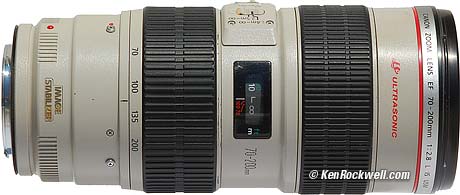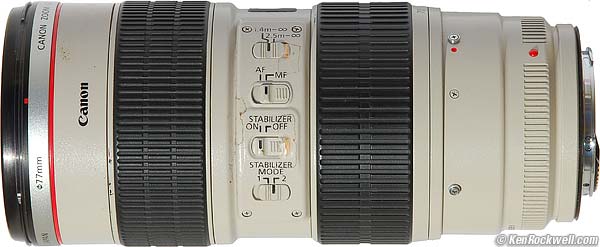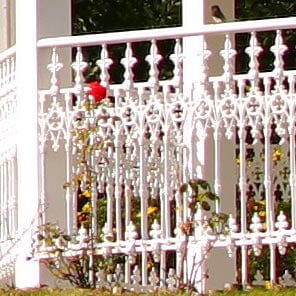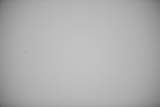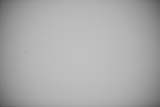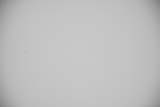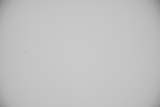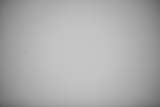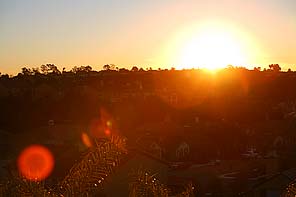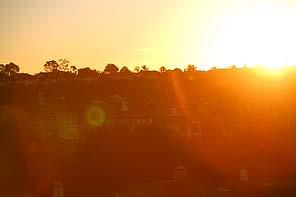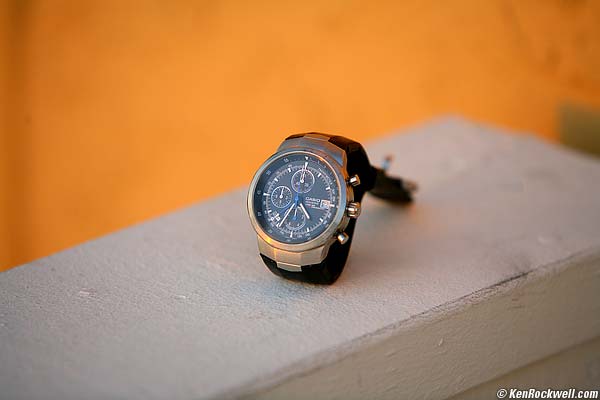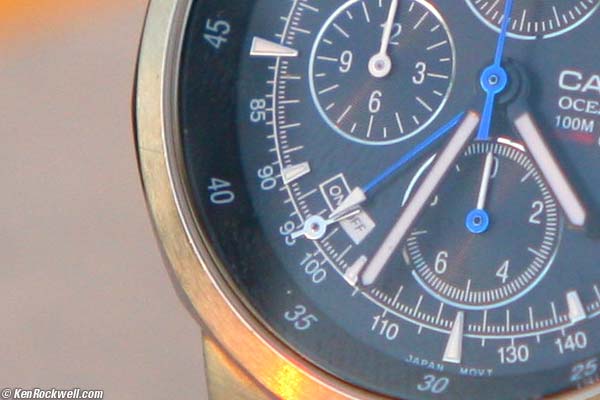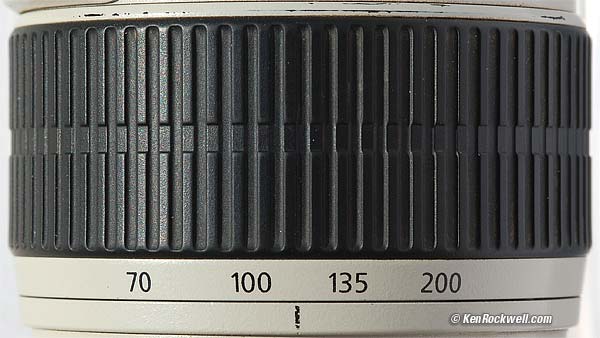Home Donate New Search Gallery Reviews How-To Books Links Workshops About Contact
Canon 70-200mm f/2.8 IS
Full-frame (2001-2010)
© 2011
KenRockwell.com
Introduction Specs Performance Compared Recommendations
Canon 70-200mm f/2.8L IS (covers all formats, 77mm filters, 51.9 oz./1,471g., 4.6'/1.4m close focus) enlarge. This free website's biggest source of support is when you use these links, especially this link directly to them at eBay, where they sell for about $1,600 (see How to Win at eBay), or possibly at Amazon. It helps me keep reviewing these oldies when you get yours through these links, thanks! Ken.
NEW: Canon 70-200mm f/2.8 L II IS. Adorama pays top dollar for your used gear, especially this original 70-200mm L f/2.8 IS. As of February 2010. I've heard that Adorama has been paying $1,000 for this original version, used. Of course this is still a current product, and an excellent one at that.
November 2011, December 2006 Canon Reviews Canon Lenses All Reviews
See also:
Canon 70-200 Comparison Table.
Canon 70-200mm f/2.8L IS II (2010-)
Canon 70-200mm f/2.8L (1995-)
Canon 80-200mm f/2.8L (1989-1995)
Canon 70-200mm f/4L IS (2006-)
Canon 70-200mm f/4L (1999-)
INTRODUCTION top
Introduction Specs Performance Compared Recommendations
This was Canon's top professional tele zoom from 2001-2010. It has IS (Image Stabilization) and is the faster f/2.8.
In 2009, an even more expensive Canon 70-200mm f/2.8 L II IS. was announced, whose prime advantage is closer focusing than this original version (4ft/1.2m versus 4.6ft /1.4m). To a full-time pro, those 8 inches are more than worth spending an extra $700 ($2,500 versus $1,800 for this lens). For everyone else, no big deal. The weights are the same.
This is the tele zoom toted by most Canon professionals. It's also the lens with which many the show-off shots in Canon's glossy brochures are shot. For instance, see a three-page fold-out spread of a Lotus on the inside front cover of "Canon EOS Digital For Professionals," 0054W868, printed August 2005.
This is a tough pro lens. It's a big, heavy professional beast, and it's fast and sharp under all conditions. If you don't mind hauling it around, you'll love the images!
I borrowed this sample from my friend humanitarian photojournalist Karl Grobl. He recently dropped it off an elephant to the cobblestones nine feet below while shooting in India. It landed hood-first and it, and his 1D Mk II, flipped end-over-end a few times. The elephant started to sniff around it before Karl could get off and retrieve it. This is the lens tested here; Karl loaned it to me to see if it still worked.
Not only does this dropped lens still work, it's one of the best lenses I've tested for real-world use. It's heavy and expensive as you'd expect, and it always gives fantastic images under all conditions.
What my static lab figures below don't tell you is that the Canon 70-200mm f/2.8L IS makes getting sharp images easy. It's hard not to get a sharp image; its speed and IS and dead-nuts autofocus nail it every time, while other lenses often give me sloppier results in real-world use.
Good News:
1.) Sharp at every setting.
2.) Built like a tank. This one plummeted nine feet onto cobblestones and lived to be tested here.
3.) Accurate and consistent autofocus.
4.) Close focusing: 4.6' (1.4m).
Bad News:
1.) Big.
2.) Heavy.
3.) Expensive.
Canon 70-200mm f/2.8L IS. It has a lot of switches!
This lens has made tens or hundreds of thousands of images by a pro. Its images have been published around the world, and then it was dropped off an elephant. It has toothpicks, held by tape, in some switches to lock the stabilizer to ON and the AF range to FULL. A pro has no time for switches getting knocked accidentally which could lose a shot.
SPECIFICATIONS top
Introduction Specs Performance Compared Recommendations
Name: Canon calls this the Canon Zoom Lens EF 70-200mm f/2.8 L IS USM.
EF: Electronic Focus. All modern Canon lenses do this.
L: Expensive as L.
IS: Image Stabilization. (Why IS Matters)
USM: Ultra-Sonic Motor: The focus motor operates silently.
Focal Length
70-200mm.
Used on a 1.3x camera it gives angles of view similar to what an 88-251mm lens would give on a 35mm film camera.
On a 1.6x camera it gives angles of view similar to what a 114-324mm lens would give on a 35mm film camera. See also Crop Factor.
Maximum Aperture
f/2.8.
Optics
23 elements, 18 groups.
Four UD glass elements. UD glass is the same as Nikon's ED glass, which helps reduce color fringing.
Diaphragm
8 blade octagonal.
Stops down to f/32.
Filter Size
77mm.
Close Focus
4.6' (1.4m) from the image plane (the back of the camera).
Maximum Reproduction Ratio
1:5.9.
Size
3.4" diameter x 7.8" extension from flange (86.2 x 197mm).
Weight
51.890 oz. (3lb, 3.89 oz. or 1,471.1g), measured.
Hood
ET-86.
Case
LZ1324, the same case as the 70-200/2.8 non-IS.
Introduced
September 2001.
PERFORMANCE top
Introduction Specs Performance Compared Recommendations
Autofocus Bokeh Color Color Fringes Construction Distortion Falloff
Filters Flare Flash Macro Serial # Sharpness IS Zooming
It's a giant, high-performance lens. This is the general purpose tele zoom used by most pros who use Canon. Of course Canon is going to ensure that this lens is as good as it can be, since it's the lens by which most pros judge an entire camera company.
FOCUSING back to Performance or back to Introduction.
Nothing moves externally when focusing; everything is done internally.
Autofocusing is just about perfect. Accuracy is better than most Canon lenses. It's accurate all the time even at f/2.8, and it's fast.
There is a dedicated manual focus ring.
Speed
AF speed is fast. That's how Canon works. I've never heard anyone complain that Canon is too slow; that's what people say about Nikon.
Sound and Noise
It's pretty quiet.
Manual Focus: It makes some sliding sounds, along with some crunchy sounds caused by whatever crud has collected inside from Karl's travels to every dusty disaster area around the globe. This thing has been covered in crud at one time or another.
Autofocus: The same, without the crunching crud from moving the manual focus ring.
Ease of Manual Focusing
Very good. Just move the ring for instant manual focus override. All it takes is one moderately firm fingertip.
Autofocus Accuracy
I get perfect focus at f/2.8 every time, which is much better than other Canon lenses which may miss occasionally in exchange for speed. It's dead-on 99% of the time on my 5D, and about 95% of the time on my Rebel XTi.
Focus Breathing
Breathing is a motion picture term which refers to what happens as you pull (change) focus from near to far.
This 70-200mm f/2.8L IS changes its magnification as one pulls focus.
BOKEH back to Performance or back to Introduction.
Bokeh is very good wide open.
Here are two full images of an in-focus subject at 10' (3m) and a series of point light sources 50' (15m) behind it:
 |
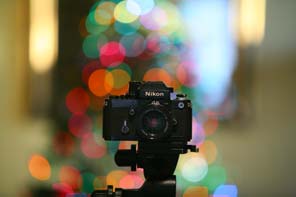 |
Full image, 5D, 70mm at f/2.8 |
Full image, 5D, 200mm at f/2.8 |
Here is a crop from the 70mm image at 100%.
I had to reduce the 200mm images by 3 times to include complete blur circles below. The subject and I stayed in the same place. This is unintentionally educational. When I changed the image magnification by 3x I just happened to keep the subject size constant as I changed the focal length. See how the blur circles become much larger at 200mm? This is why depth of field is so much narrower as focal length increases.
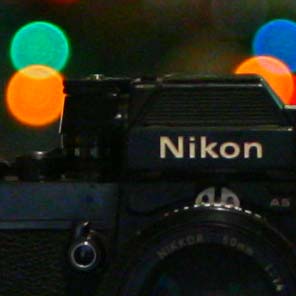 |
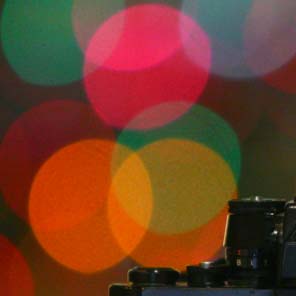 |
Crop from 100%, 5D, 70mm at f/2.8 |
Crop from 33%, 5D, 200mm at f/2.8 |
Here is are the same shots at f/4. Notice the octagonal shapes of the diaphragm, especially at 200mm.
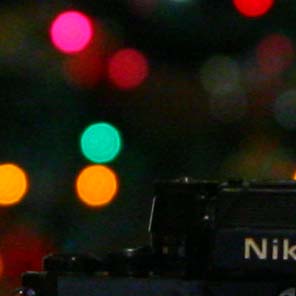 |
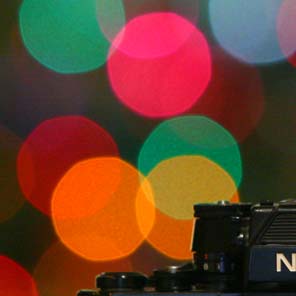 |
Crop from 100%, 5D, 70mm at f/2.8 |
Crop from 33%, 5D, 200mm at f/2.8 |
COLOR FRINGES
(Lateral Chromatic Aberration or LCA)
back to Performance or back to Introduction.
This lens is approved by the PPLFPA, Professional Patio and Lawn Furniture Photographers' Association, with a grade of "A."
On my full-frame 5D it has no color fringes, except a tiny bit at 200mm which you'd never see unless you were trying to see it with a devious test like this one. It does the same thing on my Rebel XTi, which I tested, but am not bothering to show here.
Here are the full images from which the crops are taken:
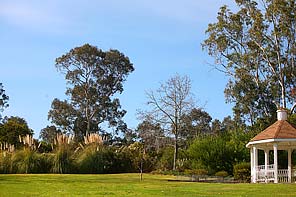 |
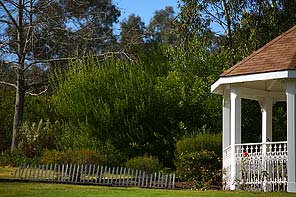 |
Full Image, Full Frame, at 70mm |
Full Image, Full Frame, at 200mm |
|
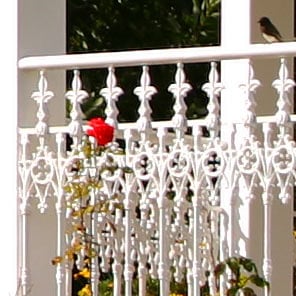 |
100% crop from 5D at 70mm |
100% crop from 5D at 100mm |
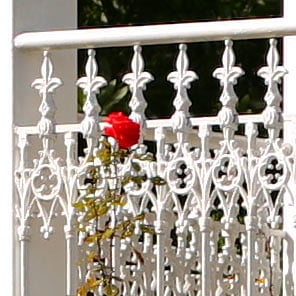 |
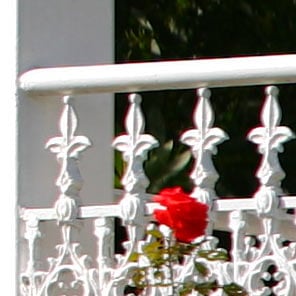 |
100% crop from 5D at 135mm |
100% crop from 5D at 200mm |
I see no differences from my other Canon lenses.
back to Performance or back to Introduction.
It has a rubber gasket on the lens mount to keep crud out of your camera. God only knows, Karl needs this with the places he takes this lens.
Exterior: Metal.
Filter Threads and Hood Mounting Bayonet: Anodized Aluminum.
Focus and Zoom Rings: Ribbed rubber over metal.
Markings: Paint (serial number engraved).
Switches: Plastic.
Mount: Metal.
Internals: Metal.
Noises when shaken: Dull klunking. This is normal.
Made in: Japan.
DISTORTION back to Performance or back to Introduction.
Wall of Shame at 70mm, full-frame 5D. Mouse over to see after correction.
Here are static images of the Bad Photographers' Wall of Shame:
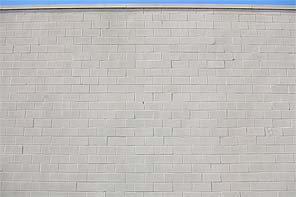 |
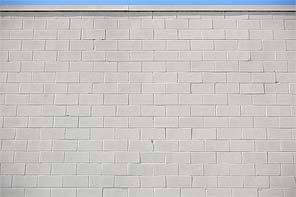 |
At 70mm, full-frame 5D |
At 100mm, full-frame 5D |
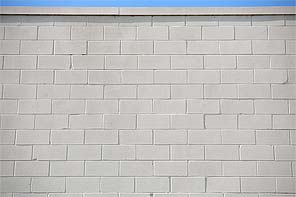 |
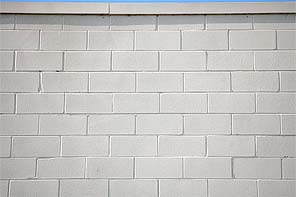 |
At 135mm, full-frame 5D |
At 200mm, full-frame 5D |
Plug these figures into Photoshop CS2's lens distortion filter to correct the distortion. These figures are for you to enjoy in your photography. These took me hours to calculate and are all © and registered, so you'll need permission to use these figures for anything else. Thanks! Ken.
1.6x XTi at 50' (15m) |
Full-Frame 5D at 50' (15m) |
|
70mm |
+1.0 barrel. |
+2.5 barrel. |
100mm |
none. |
none. |
135mm |
-0.2 pincushion. |
-0.5 pincushion. |
200mm |
-0.5 pincushion. |
-1.5 pincushion. |
Smaller format cameras only use the middle of the image, so distortion is better controlled. (see Crop Factor.)
back to Performance or back to Introduction.
Falloff is invisible on a 1.6x camera like a 30D or Rebel.
Falloff is gone by f/4 on 1.3x cameras, and very mild at f/2.8.
Falloff is visible at f/2.8 on full-frame cameras, and insignificant by f/4
Here are shots of an Expodisc on a full-frame 5D. This is a tough test which shows even the slightest falloff. You'll almost never see this in normal photography. Ignore the minor exposure variations between frames.
